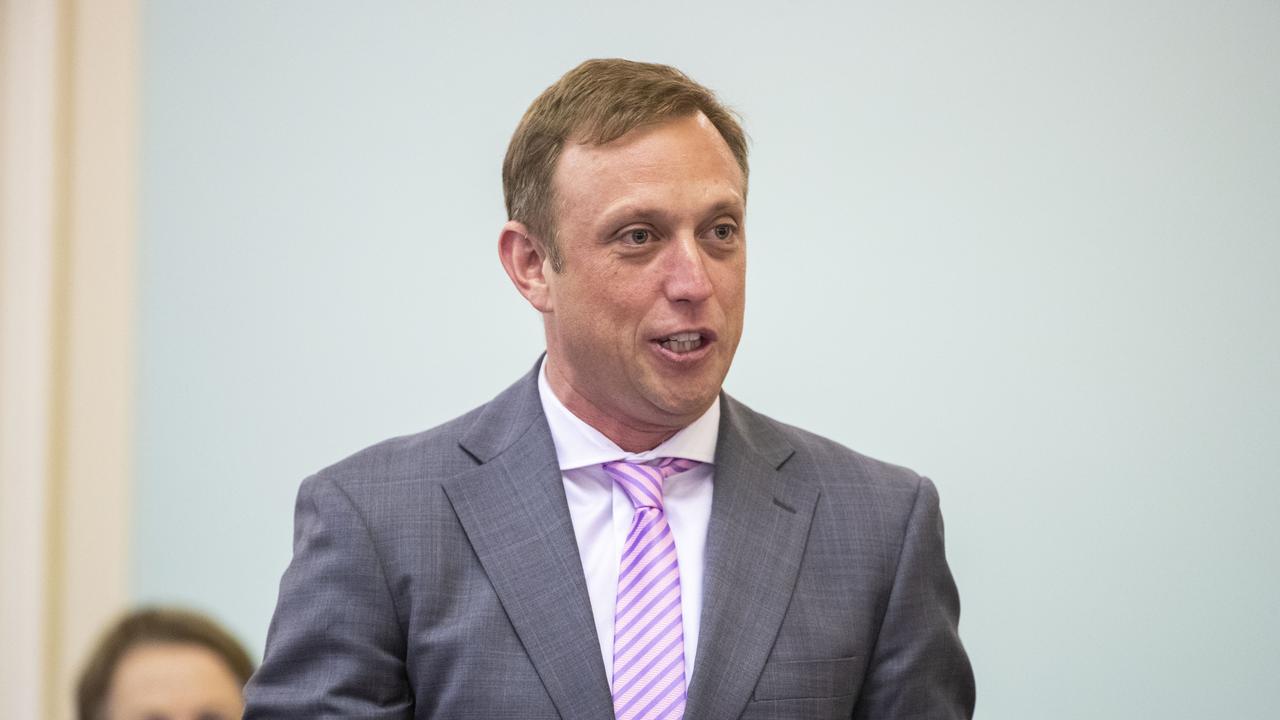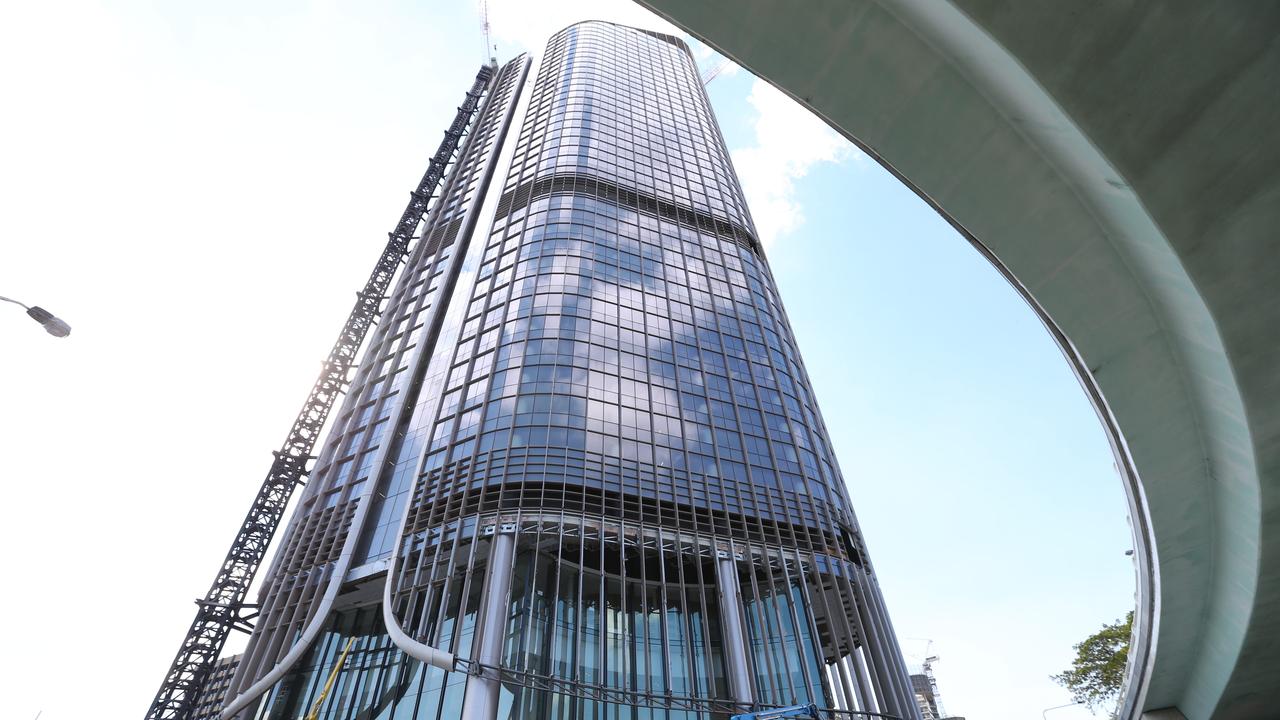Tax cut bonanza to splash $1 billion into QLD economy
Tax cuts of up to $1080 will start flowing within the fortnight — but there will be a billion dollar bonanza coming for Queensland businesses as the Morrison Government delivers a new plan to try and get our floundering economy back on track.
QLD Politics
Don't miss out on the headlines from QLD Politics. Followed categories will be added to My News.
FAMILIES will be able to cash in on tax cuts of more than $2000, with the money to flow within the fortnight, after Prime Minister Scott Morrison secured his first major victory of the new Parliament.
It will put over $1 billion dollars into Queenslanders’ pockets over the coming weeks and months as part of a Coalition bid to supercharge the slowing economy.
Millions of Queenslanders to get $1k tax cuts
Opinion: Labor hasn’t learned its lesson on tax
The Morrison Government is likely to start encouraging families to start spending the cash bonus in communities and local businesses, hoping to brace the economy in the face of difficult headwinds.
If follows dire warnings from Reserve Bank Governor Philip Lowe, who this week warned the economy needed more stimulus as he cut the official interest rate to a record low of 1 per cent.
The $158 billion, five-year tax reforms completes the biggest tax reform in Australia since the GST was introduced, adding to the $144 billion package past last year.
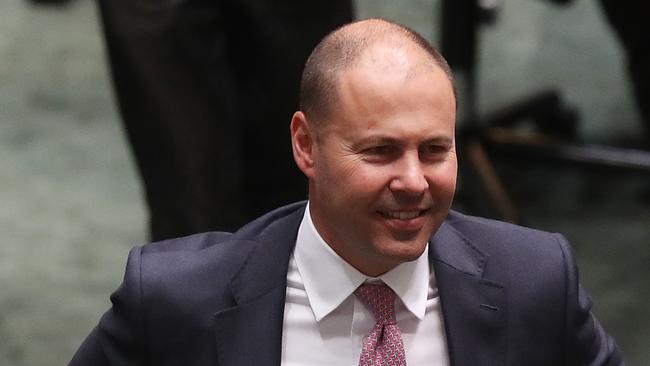
The tax bonanza has already sparked interest from Queenslanders, with tax accountants already fielding inquiries from people eager to get their money.
Tax cuts of up to $1080 per person, or $2160 for couples and families, were passed through the Senate just after 7pm after Labor dropped its opposition to the package.
But the Coalition had already secured the votes needed to pass it from Senate crossbenchers Jacqui Lambie and Centre Alliance.
The package provides offsets this year, raises tax-rate thresholds from 2022 and sees all workers who earn between $45,000 and $200,000 paying just 30c in the dollar in tax from July 2024.
More than 2 million Queenslanders earning up to $126,000 will be eligible for the initial wave of tax cuts to be unleashed from next week.
Of those, more than 800,000 people will receive the full $1080 offset.
It will see $860 million flushed through the Queensland economy from the full offsets alone, with more flowing from the smaller offsets.
Mr Morrison said Australians had voiced “loud and clear” their support for the tax package at the election and his government had delivered.
“As a result, low and middle-income earners will keep more of what they earn and have more money in their pockets. This will ultimately boost household consumption, which will be good for the overall economy,” he said.
Treasurer Josh Frydenberg said the tax cuts package would provide short-term and long-term relief for taxpayers over the coming decade.
“That is around $300 billion of taxpayers money that is back in their pockets where it belongs,” he said.
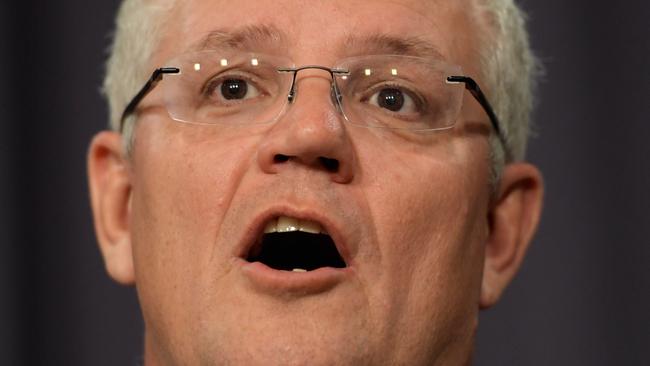
H & R Block tax spokesman Mark Chapman said there had been a flurry of people seeking advice this week in advance of the cuts arriving and the company expected a flood from next week.
“The tax offset will be a decisive factor in people lodging early – even though there was uncertainty as to when this would pass Parliament, people wanted to lock in that $1080 bonus at the first opportunity,” Mr Chapman said.
After internal divisions and weeks of pressure, Labor rolled over at the eleventh hour to vote the cuts through.
It followed a failed attempt to bring forward the second stage of tax cuts and split off the $95 billion third stage, due to come in from July 2024.
Opposition Leader Anthony Albanese said Labor still believed fast-tracking Stage 2 would deliver much-needed stimulus in light of warnings from the RBA, but that it would not stand in the way of the cuts.
“We do not want the circumstances whereby an economy that’s struggling prevents people getting a tax benefit of up to $1080. The economy needs that, it needs that now,” Mr Albanese said.
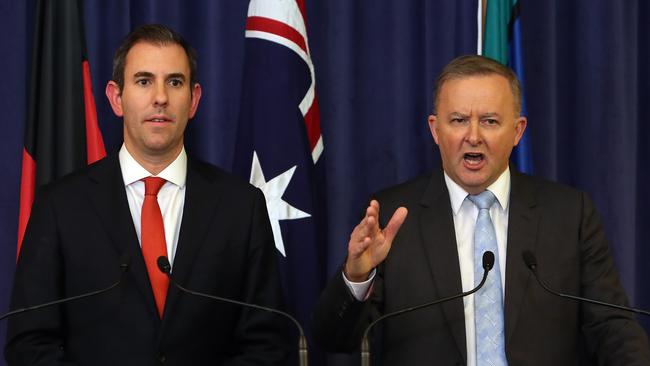
Opposition treasury spokesman Jim Chalmers said the party’s priority had been “to get more money into the hands of workers sooner” to boost the economy.
In an unlikely alliance, it was Senators from One Nation and The Greens who fought the hardest against the tax cuts going through.
Senator Pauline Hanson, who abstained from the vote, said she wanted the money spent on a coal-fired power station and water infrastructure instead of tax cuts.
“I’m all for tax cuts and we should. Because I think we’re overtaxed in this nation,” Senator Hanson said.
“But I think that the Australian people would forgo their tax cuts if they knew the money was going to be put into infrastructure projects that will give them the long-term relief of being able to run their businesses, their farms and support our pensioners.”

Holland Park mum-of-two Kate Rendon, 28, said the tax cuts would be a great stimulus, but thought the money would be better spent on raising Newstart and pensions.
“Any tax cuts are only of benefit to Australia if they don’t leave our essential services with even less funding than they already have,” Ms Rendon said.
TAX CUTS: WHAT NOW?
FROM next week 10 million Aussies and 2.2 million Queenslanders will get an extra $1080 back when they fill out their tax returns.
But the reform passed by the Senate is not just about this year, it sets out changes over five years to permanently reduce how much tax almost all Aussies will pay.
How much someone gets back and when they get it depends on how much they earn and at what year it is.
The tax cuts will be phased in over three stages. There will be an immediate cut from this week, with some changes from July 1, 2022, and a final reform from July 1, 2024.
WHAT YOU’LL BE GETTING THIS YEAR
If you file your tax return from next week, you will get the full tax cut you are eligible for once it’s been processed.
How much that is depends on what you earn.
People earning $48,000 to $94,500 will receive the full $1080 available. Outside of that, it starts to differ.
It rises up from $255 for people earning $22,000 a year, and scales down to $135 for people earning between $94,500 and $126,400.
Everyone earning above $87,000 will pay $135 less tax due to a slight increase in the middle-income tax threshold already legislated last year.
WHAT’S NEXT?
The next big change kicks in from July 1, 2022, locking in the offsets from this year but shifting bracket thresholds.
The 19 per cent tax bracket rises from $37,000 to $45,000, while the 32.5 per cent tax bracket rises from $90,000 to $120,000.
In most cases, what this practically means is that the tax offsets you receive this year are made permanent.
So, if you received a $1080 offset, you will keep getting it. Same for if you were getting $255 back and so on.
But, if you are earning more than $90,000, because the threshold will be lifted, you will get up to $2565 for workers earning $120,000.
After that, it doesn’t matter what you earn, you will only pay $2565 less income tax.
WHAT HAPPENS IN FIVE YEARS?
Stage 3 is the final and biggest part of the reform package, costing $95 billion and coming in from July 1, 2024.
It sees the 37 per cent tax bracket abolished entirely and the 32.5 per cent rate dropped to just 30 per cent.
It means that anyone earning between $45,000 and $200,000 will pay a maximum 30c tax on every dollar they earn.
This accounts for 70 per cent of Australian taxpayers. The idea is that, as your pay goes up, you are not forced on to a higher tax bracket.
The threshold changes and reduced tax rate mean everyone will pay less tax than they do today.
Someone earning $45,000 will pay $1080 less tax than today, a salary of $100,000 will attract $3040 less tax, increasing up to $11,640 for people earning $200,000 and above.
WHY DID LABOR, GREENS AND ONE NATION FIGHT AGAINST THE PACKAGE?
Despite Labor heading into the election proposing higher taxes, new Opposition Leader Anthony Albanese argued Stage 2 should be brought forward immediately, as well as additional infrastructure spending, to stimulate the economy ahead of a predicted downturn.
Labor also wanted a vote on Stage 3 delayed, saying it was too far in the future to decide now and questioning the impact its $95 billion price tag would have on services like health and education.
The Greens opposed the tax package in general, arguing the cuts could be better spent on social services, increasing Newstart and on renewable energy.
Pauline Hanson ruled herself out of negotiations early, saying the money would be better spent on building a new coal-fired power station and water infrastructure.
WHICH CROSSBENCHERS BACKED IT AND WHY?
Cory Bernardi supported the tax cuts from day one. Centre Alliance senators Stirling Griff and Rex Patrick came on board next after seeking action on energy prices and gas market concerns.
Jacqui Lambie was the last crossbench vote secured after seeking $157 million in social housing debt waived for the Tasmania Government.

